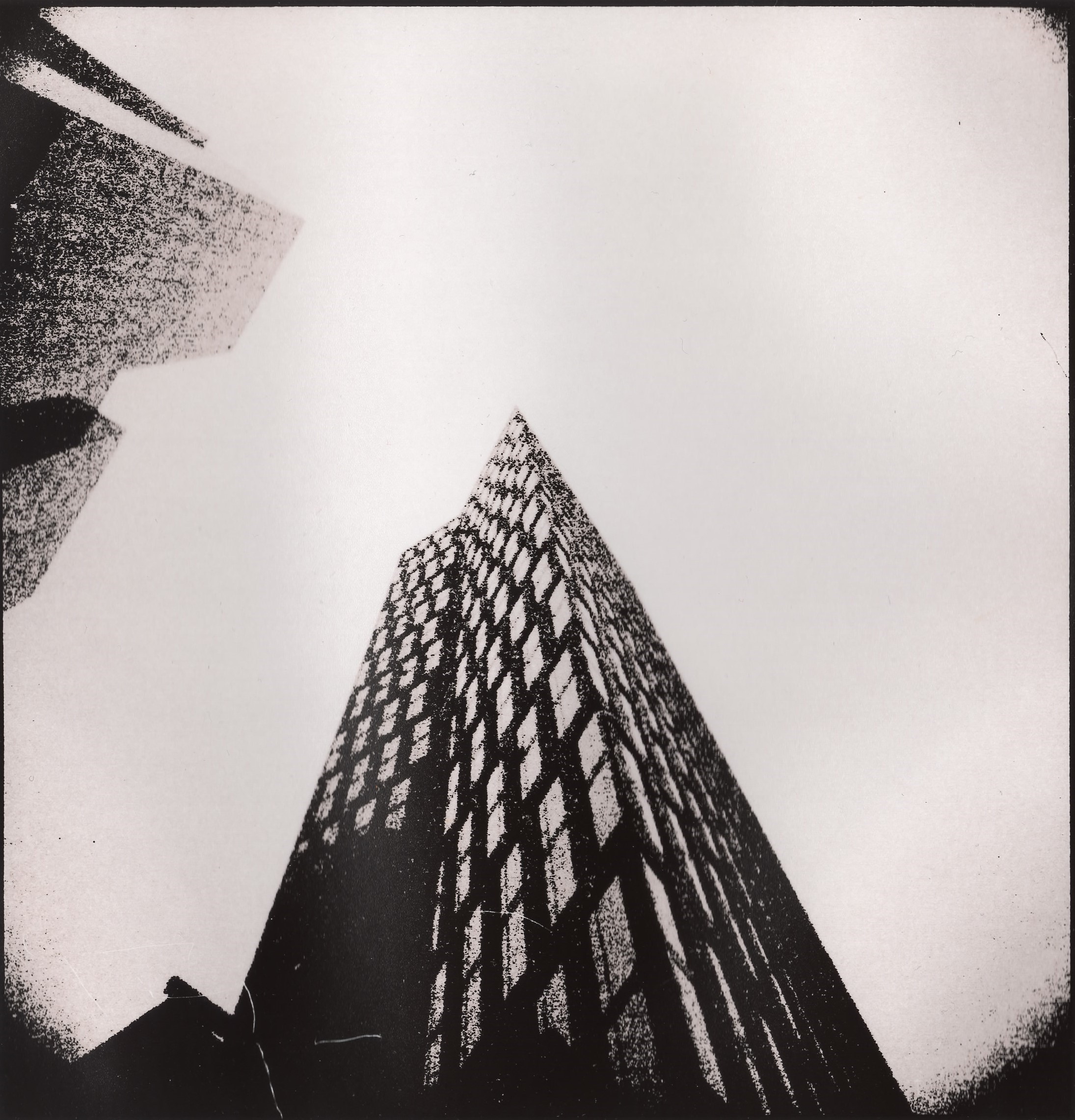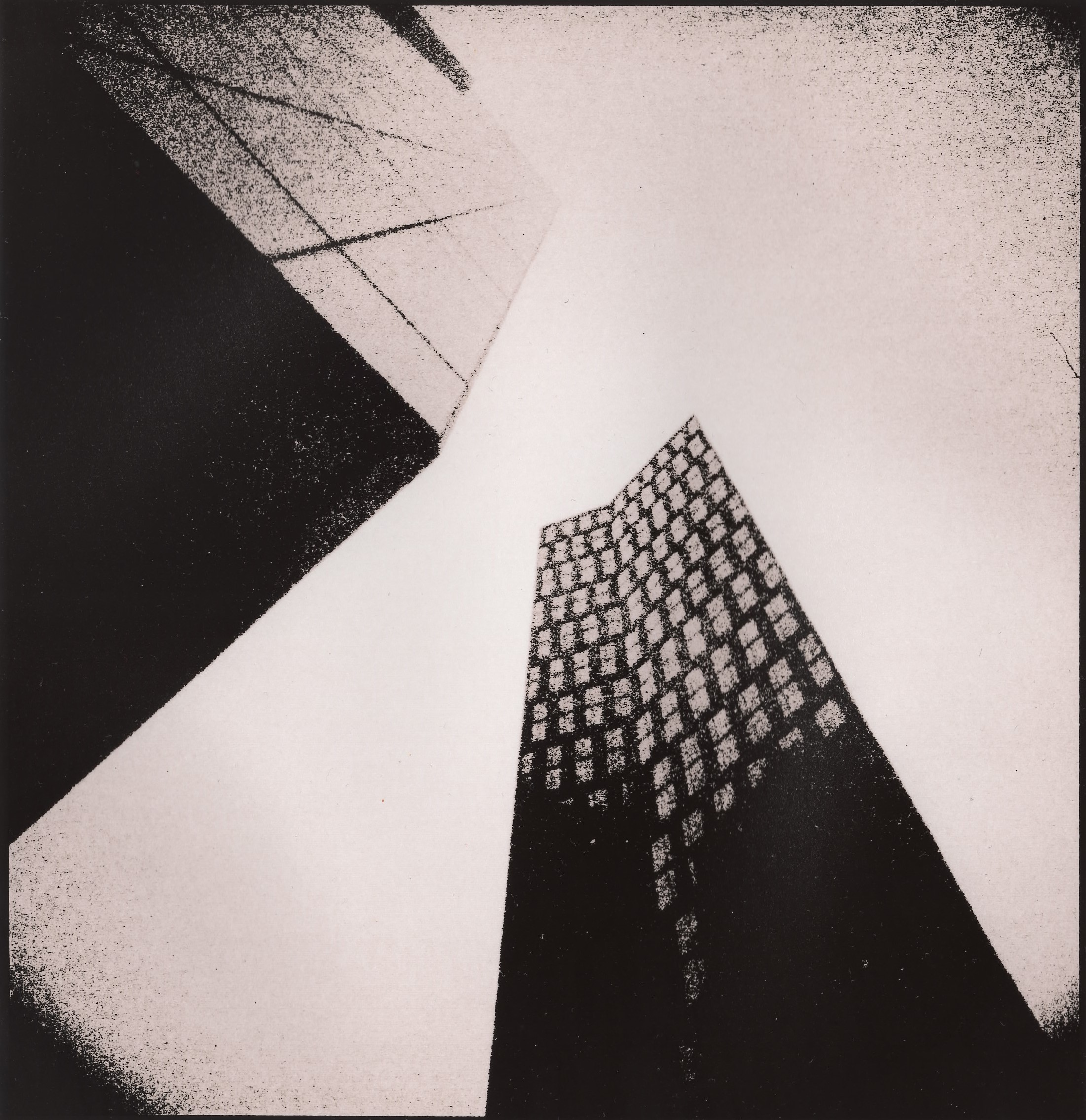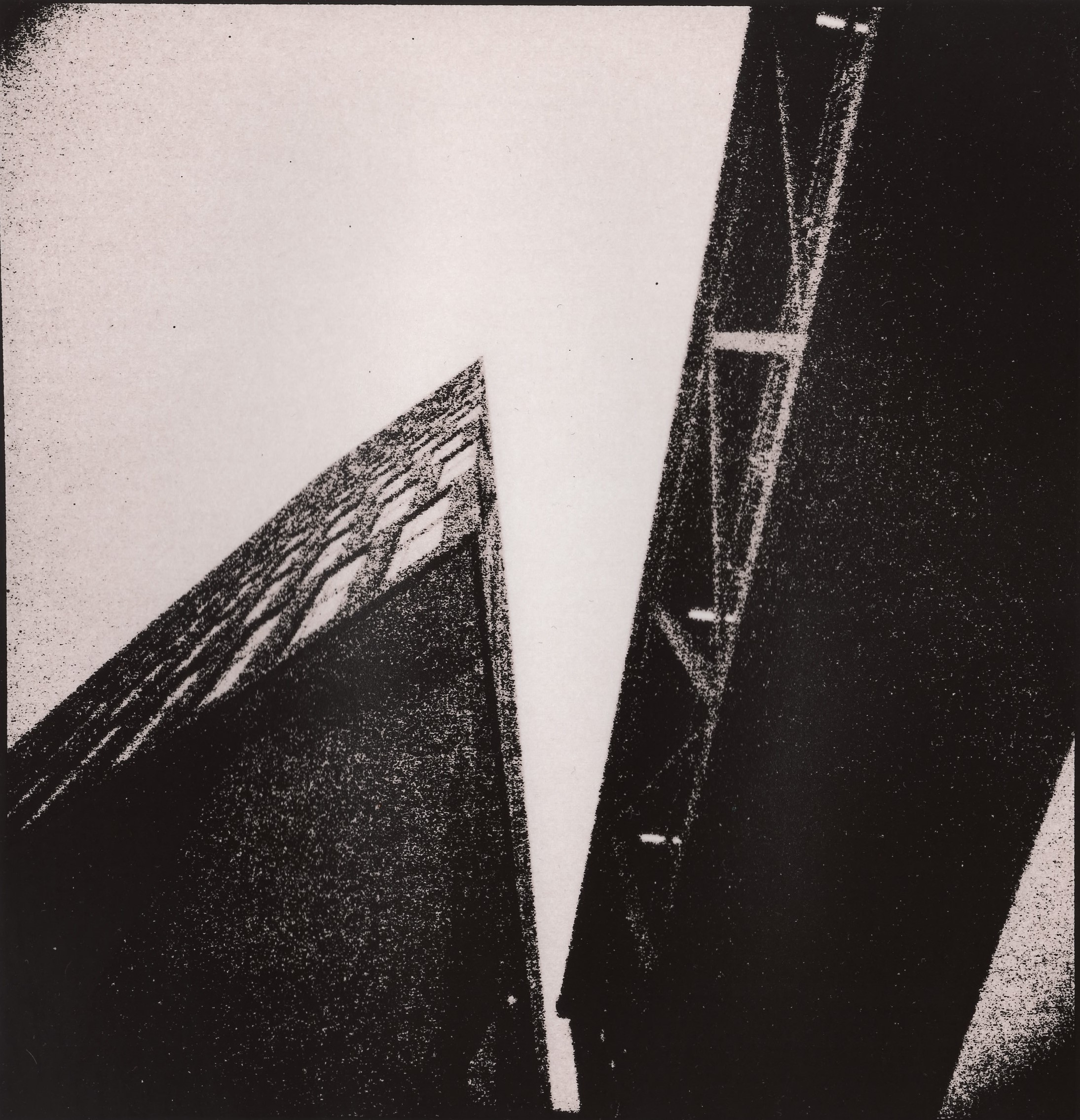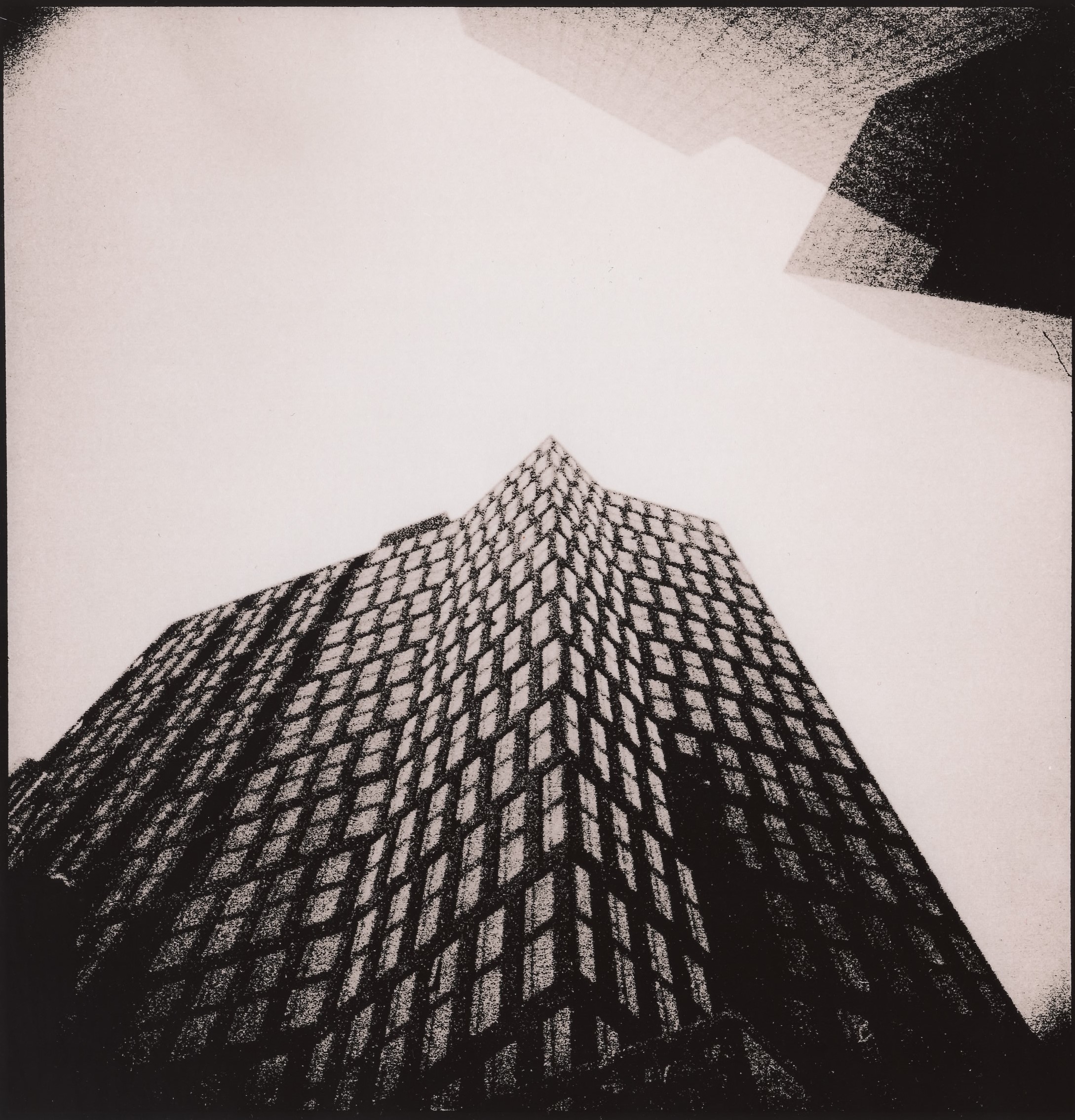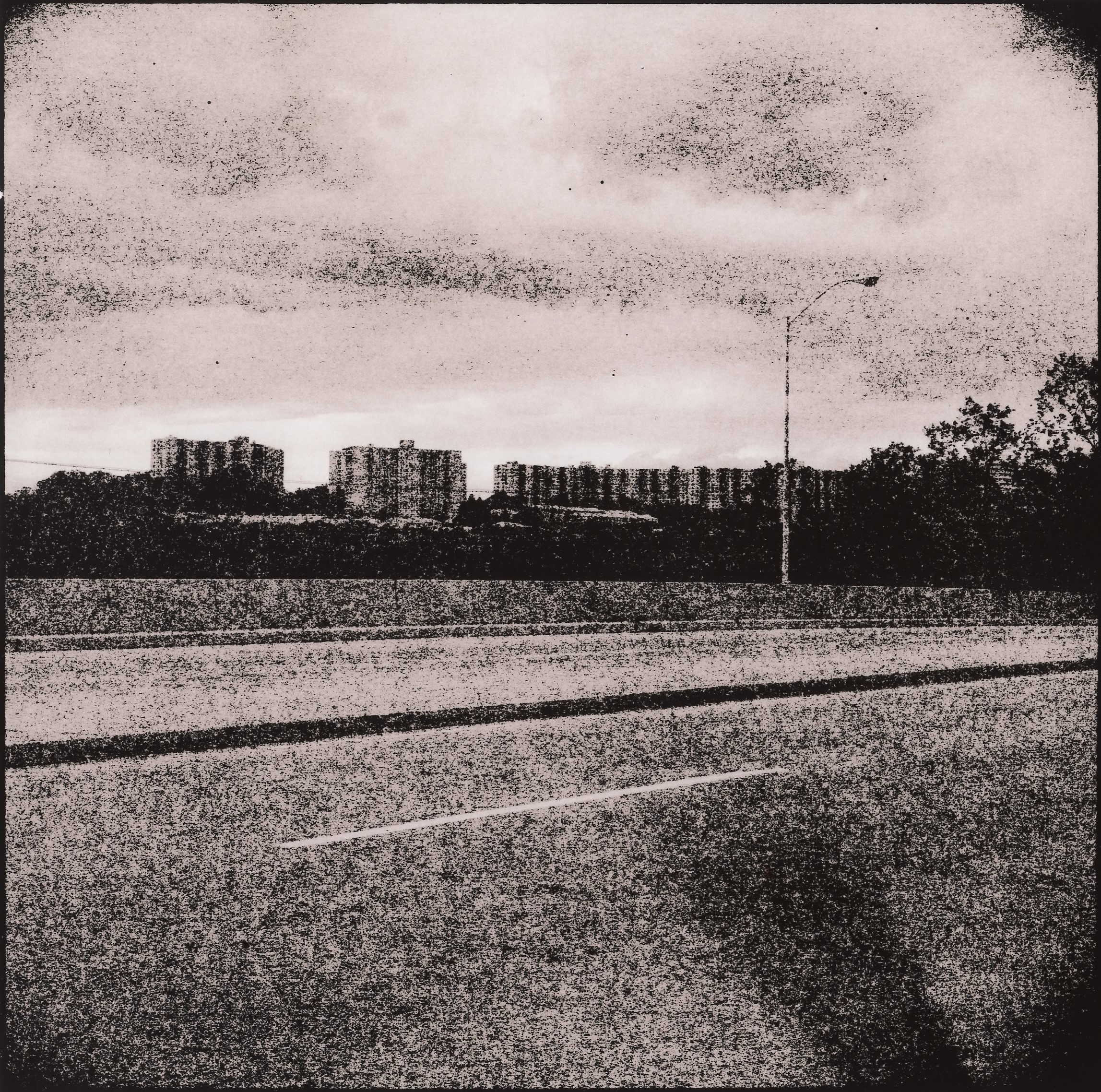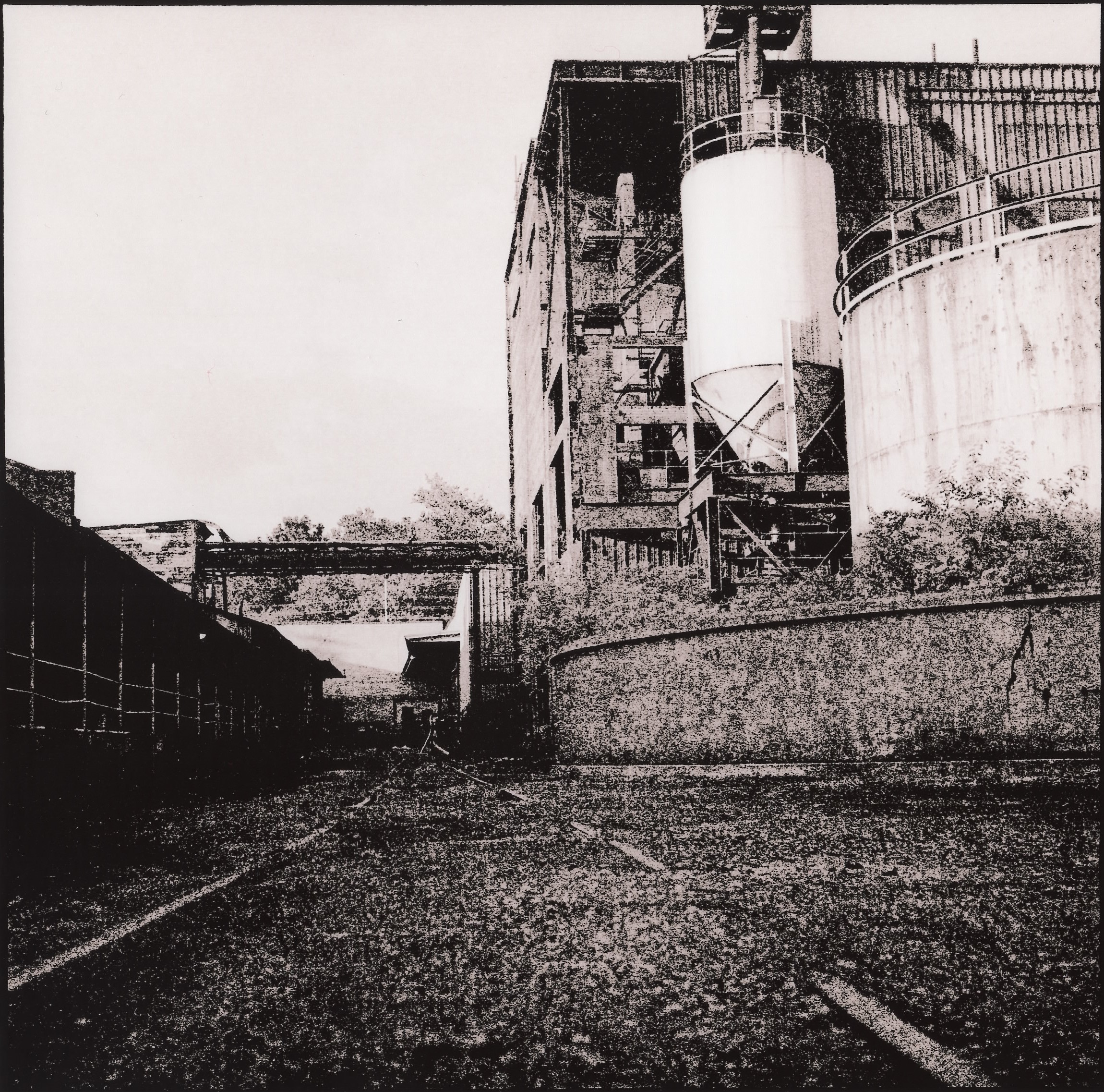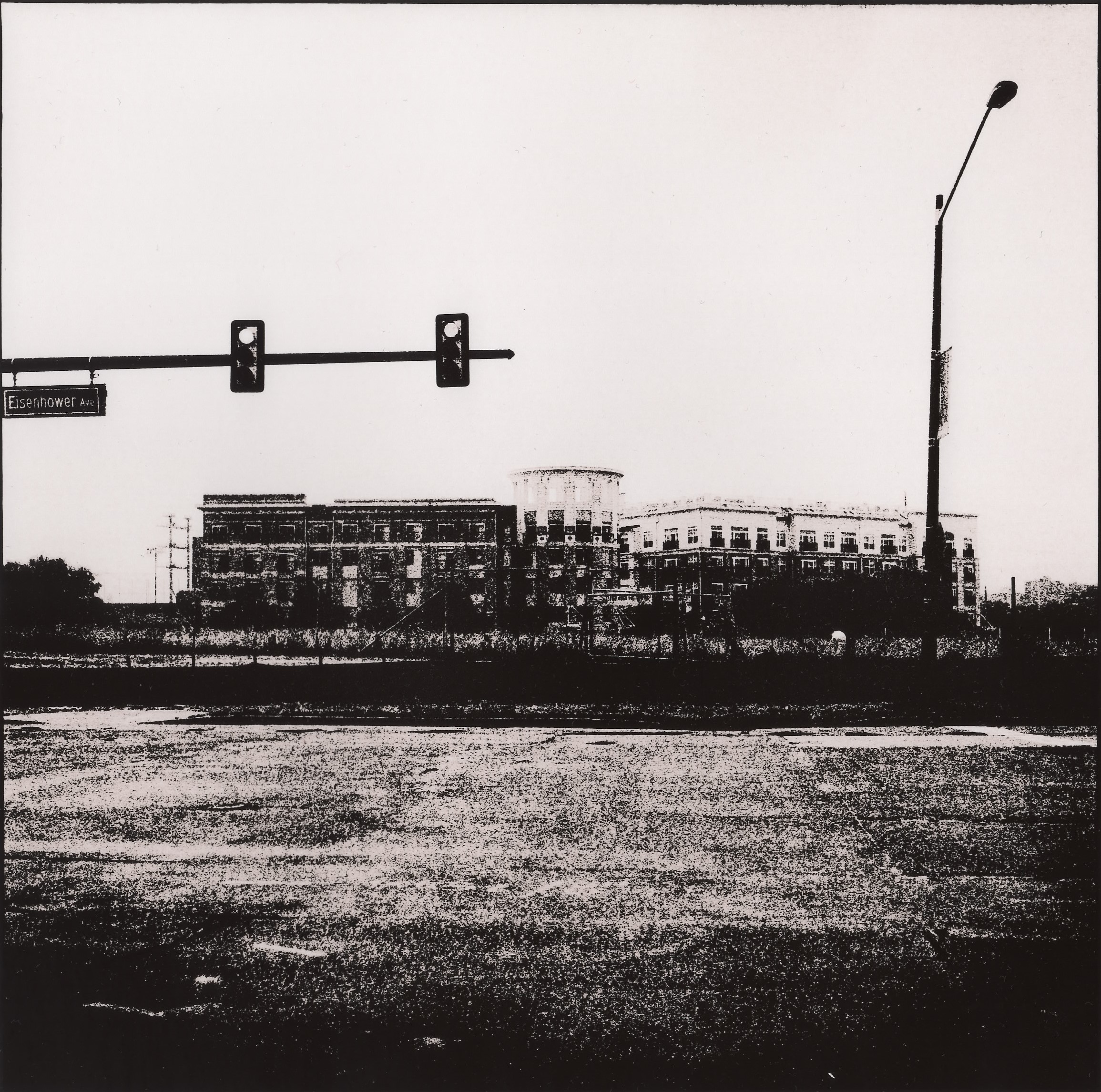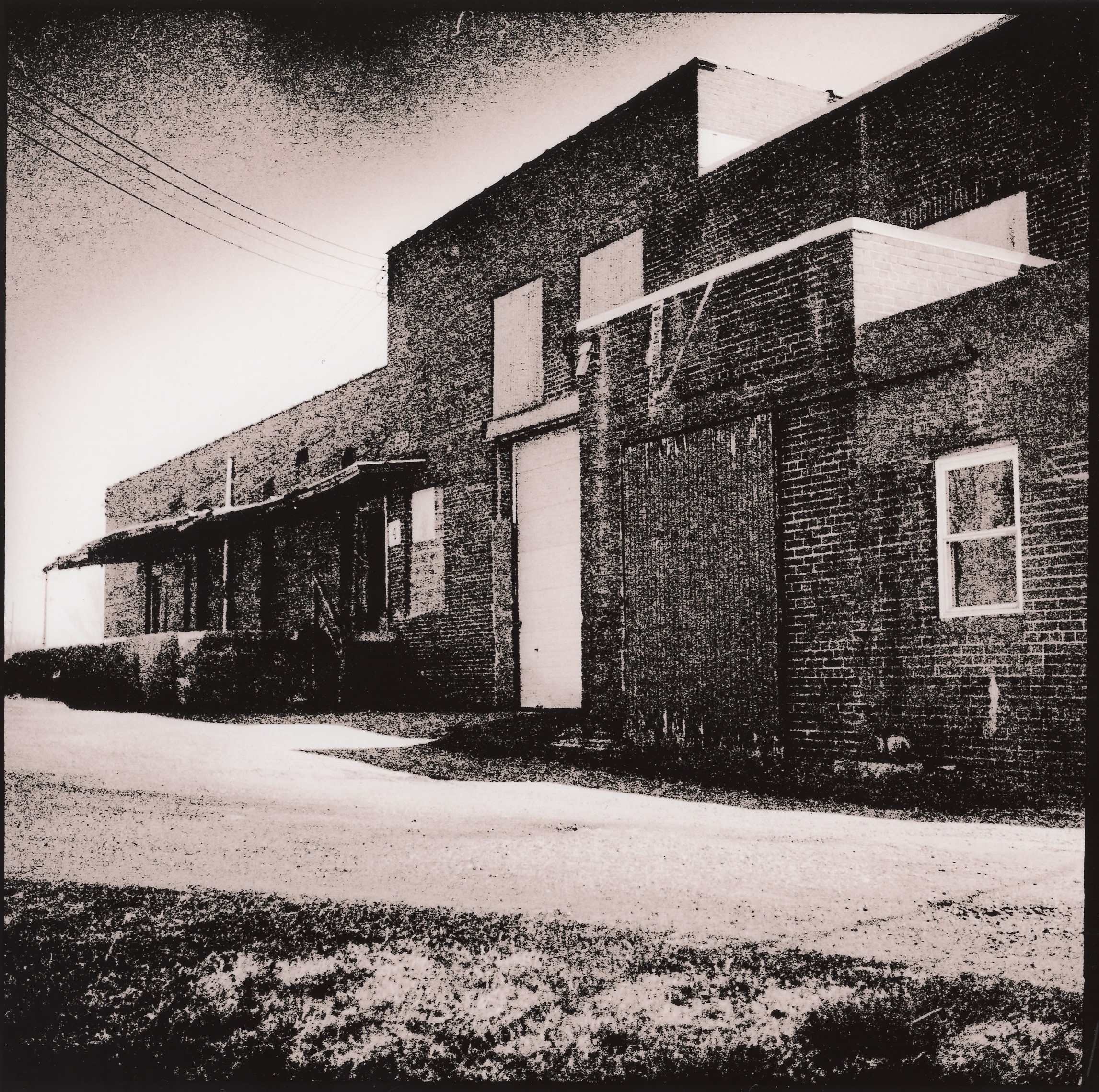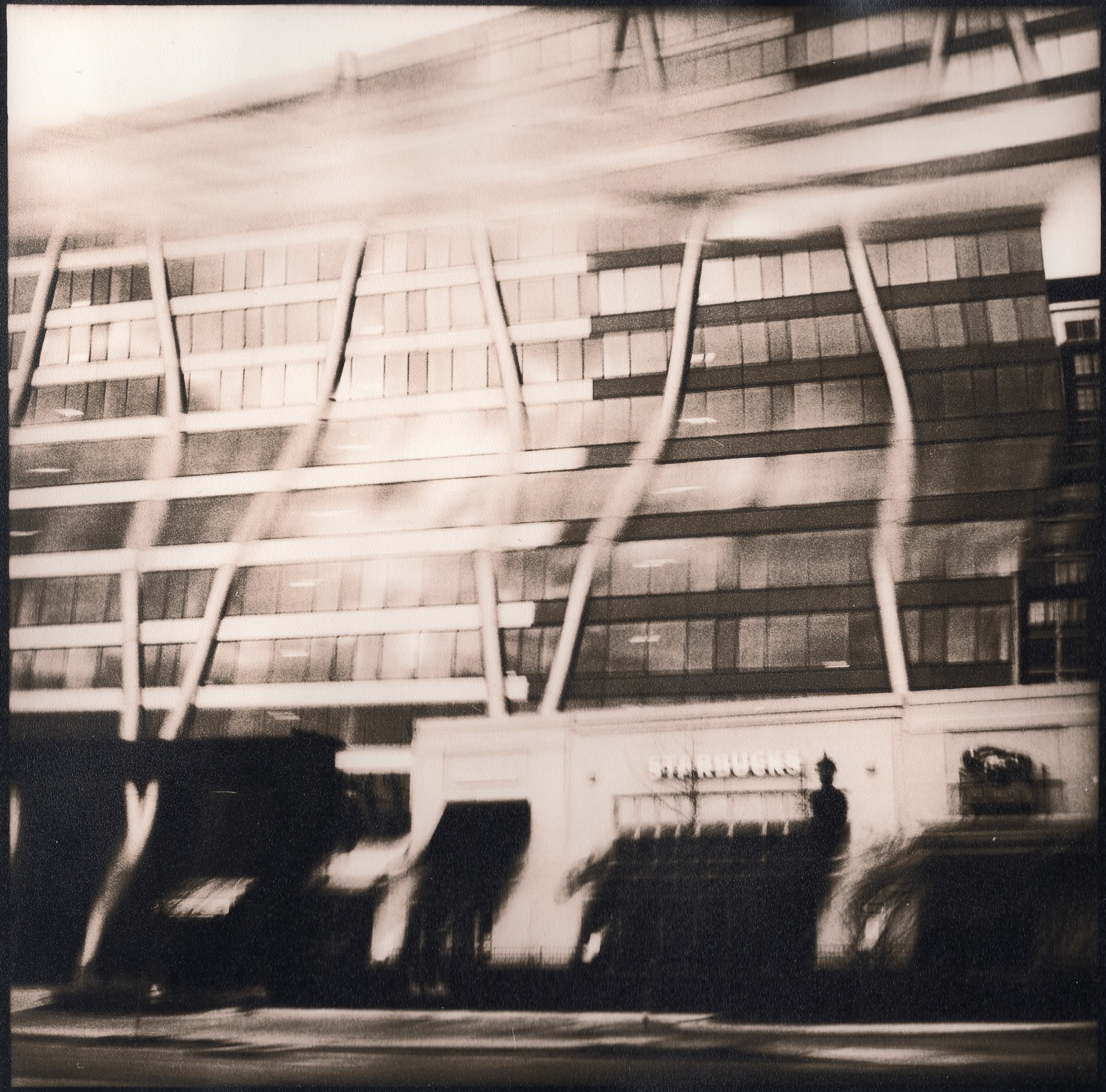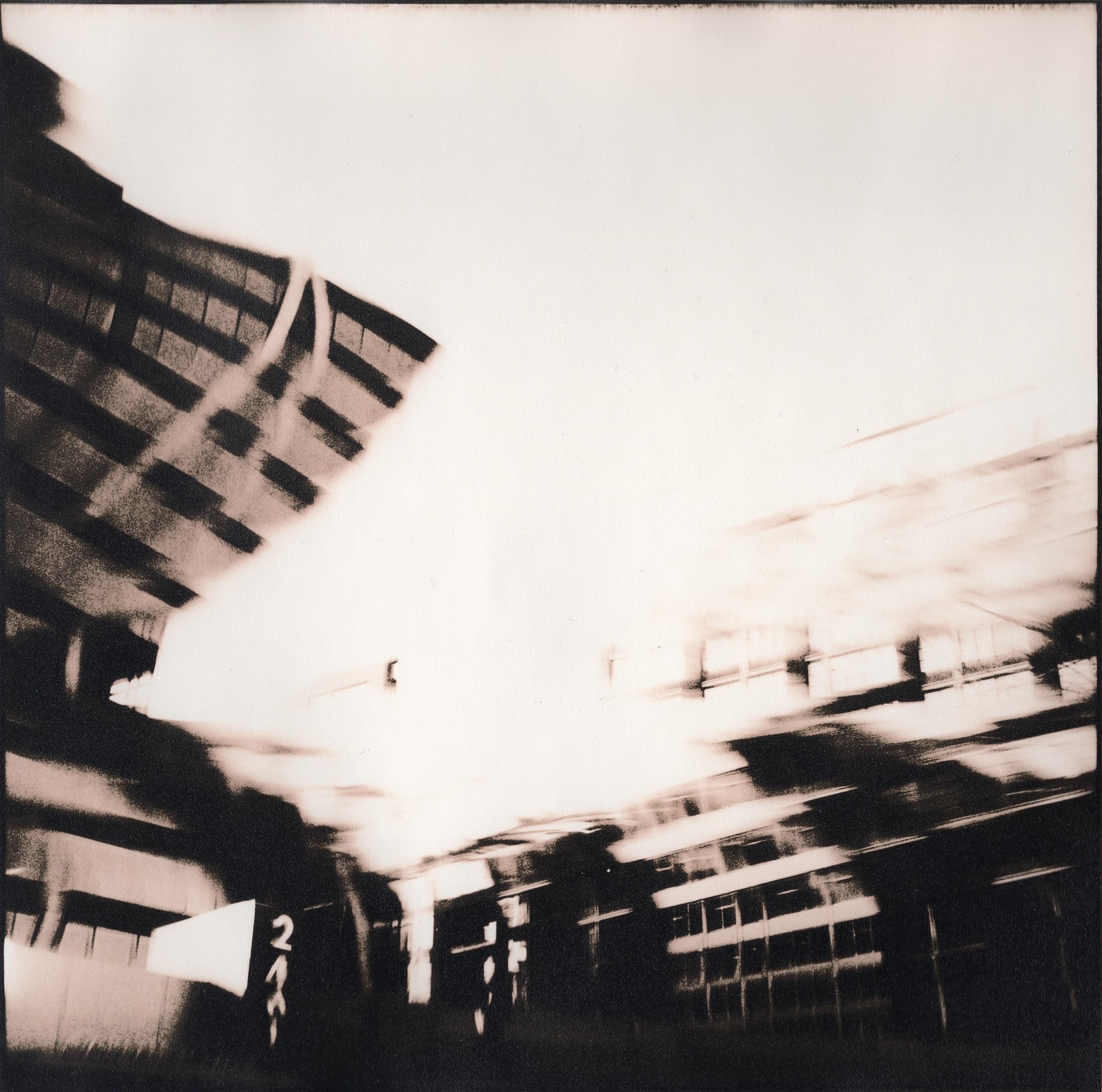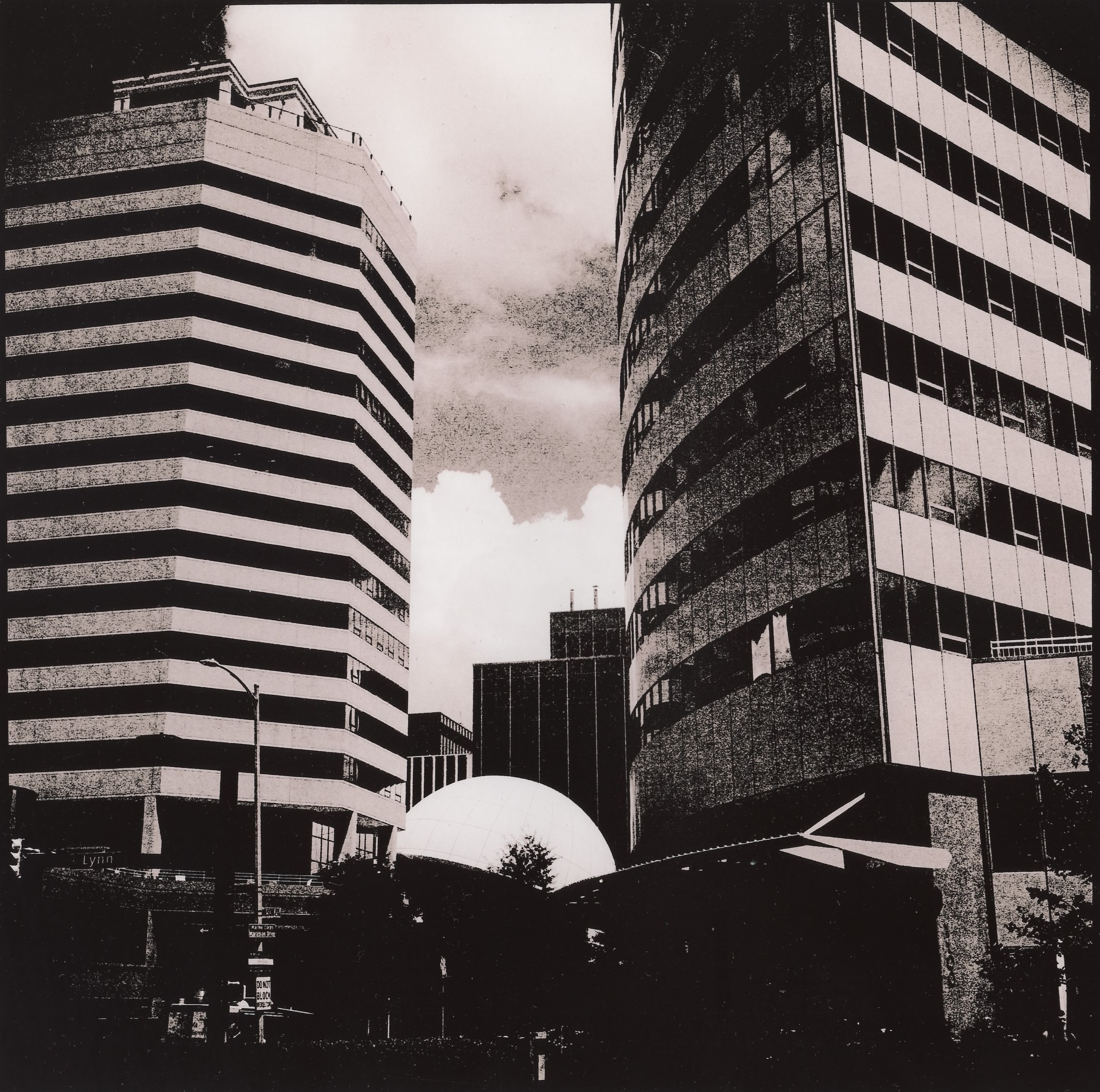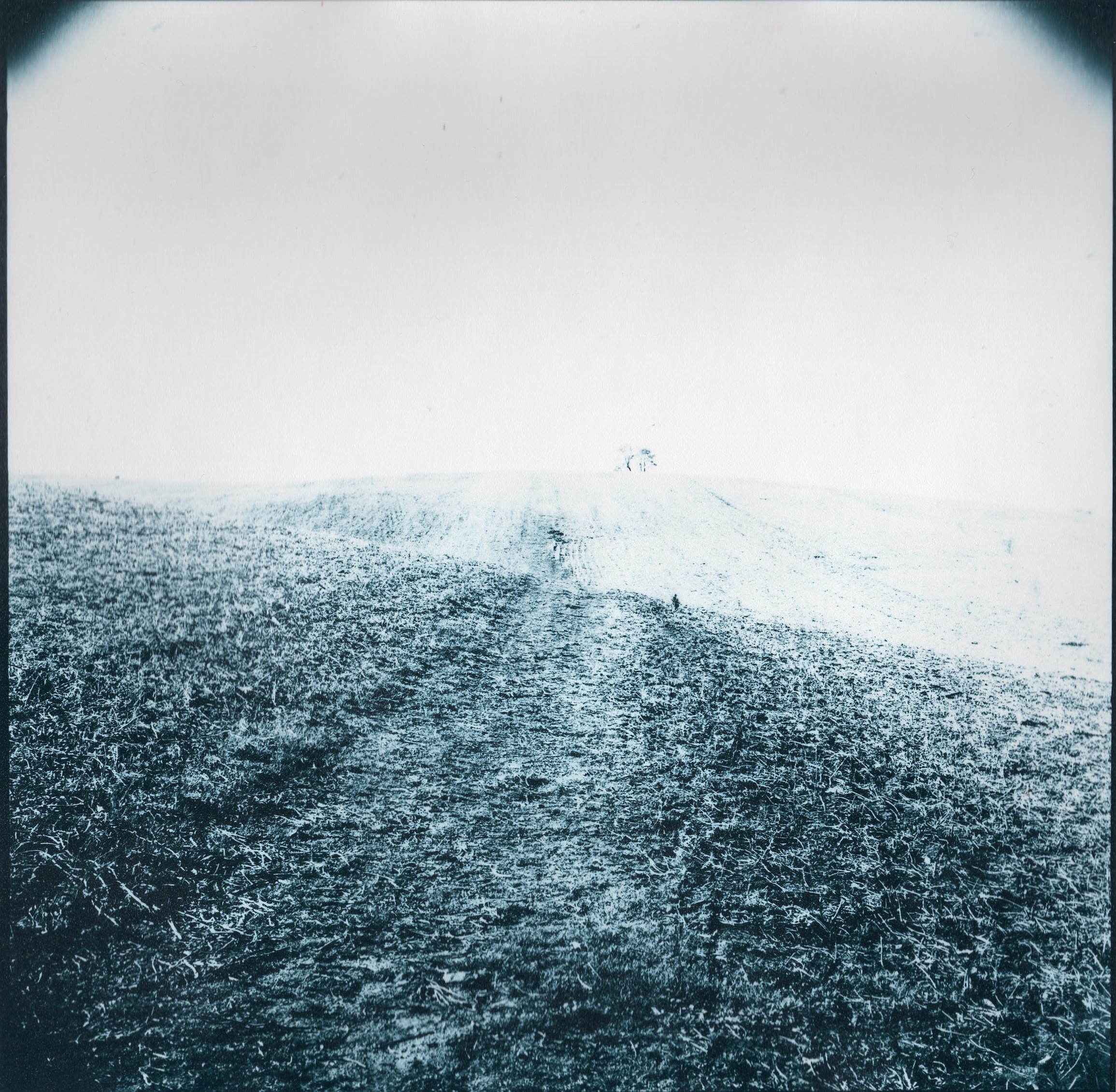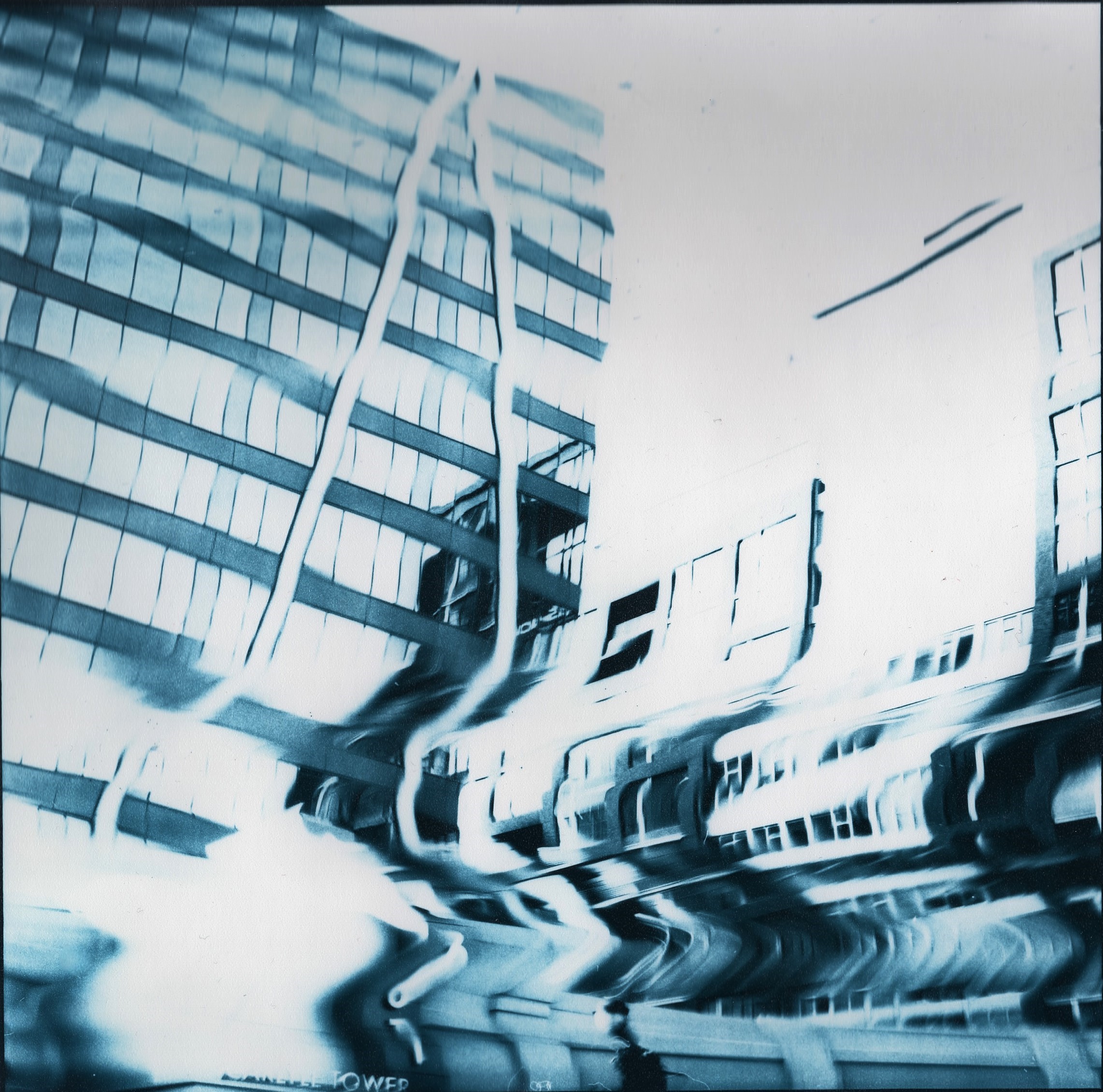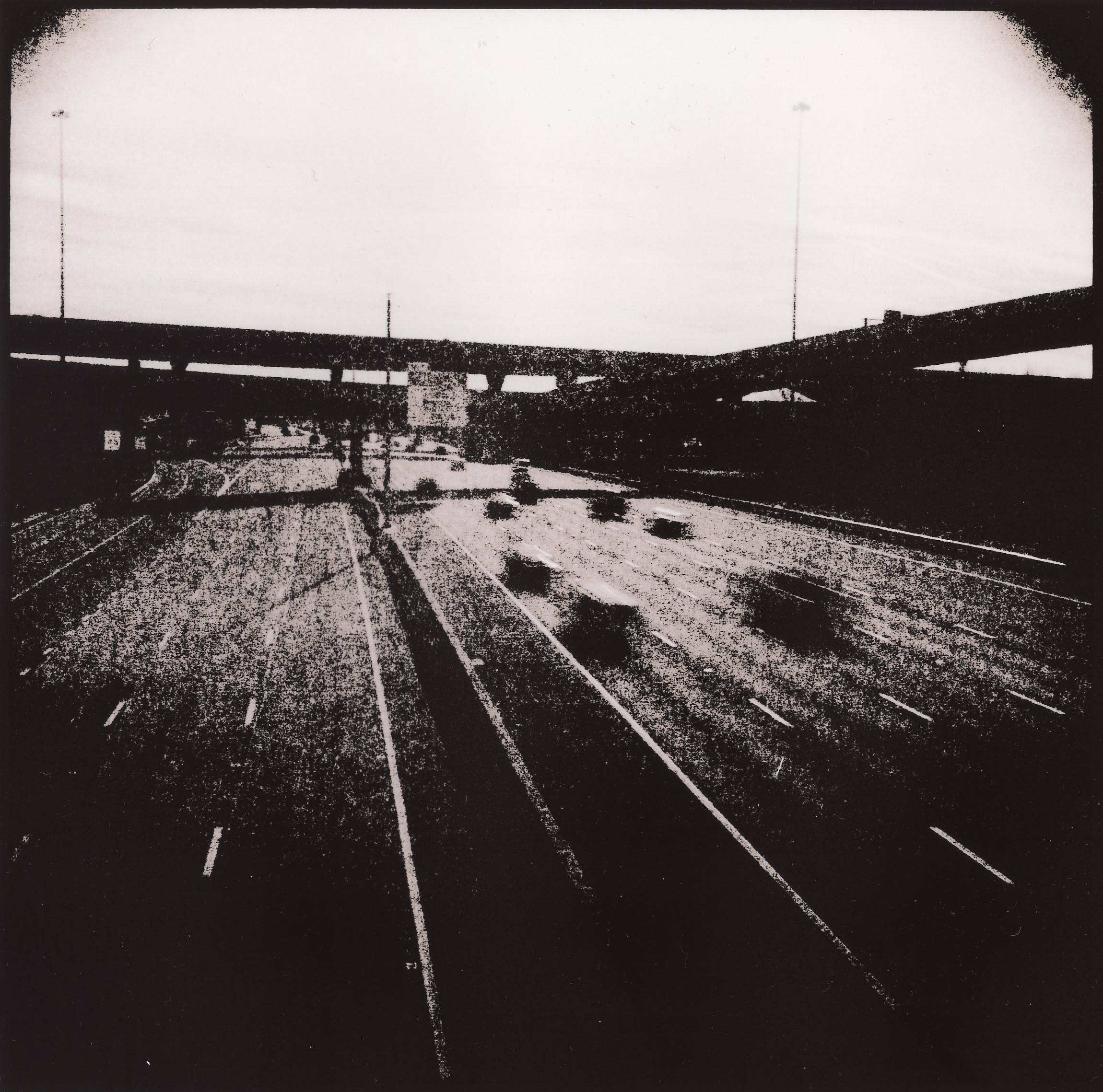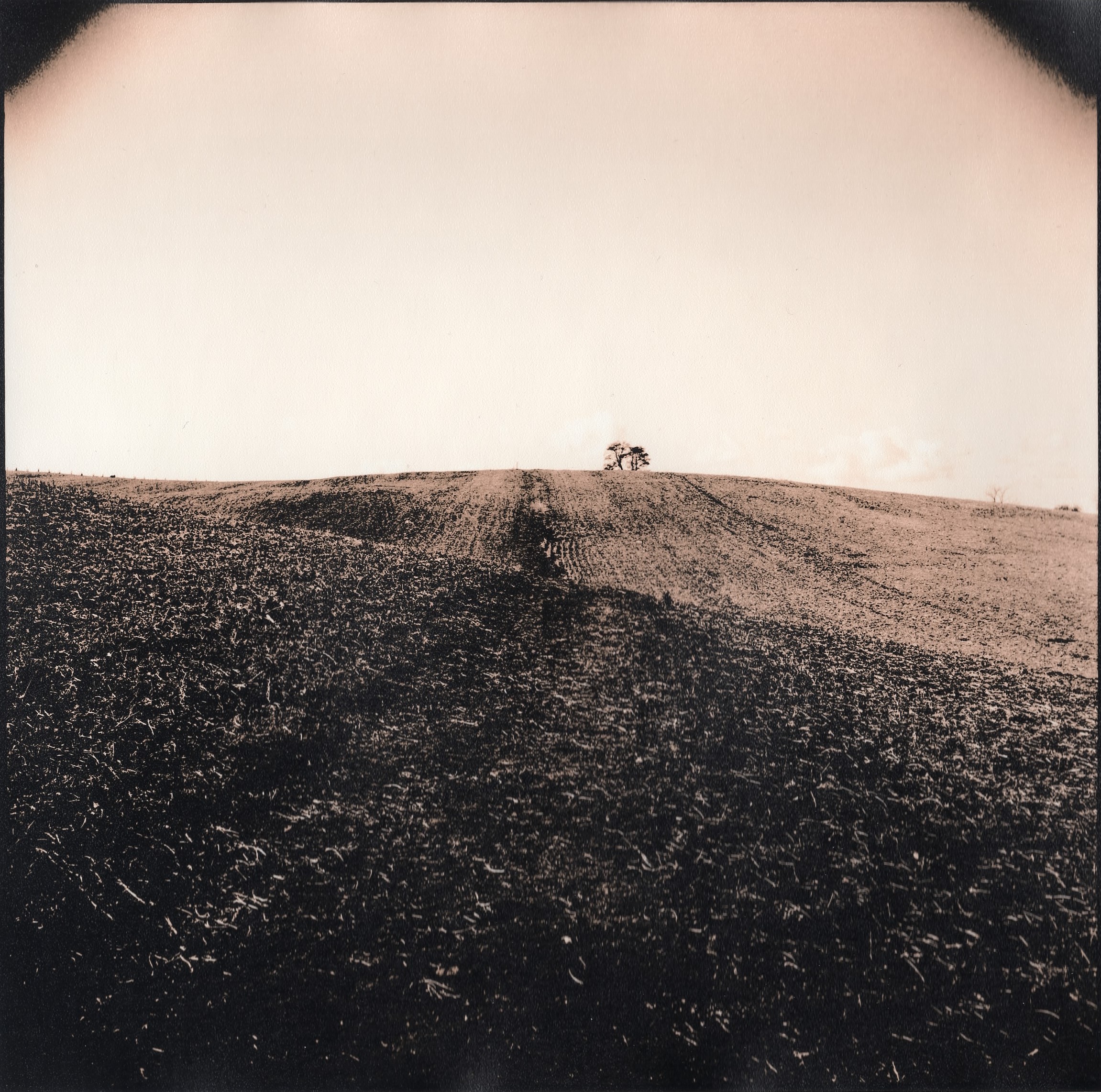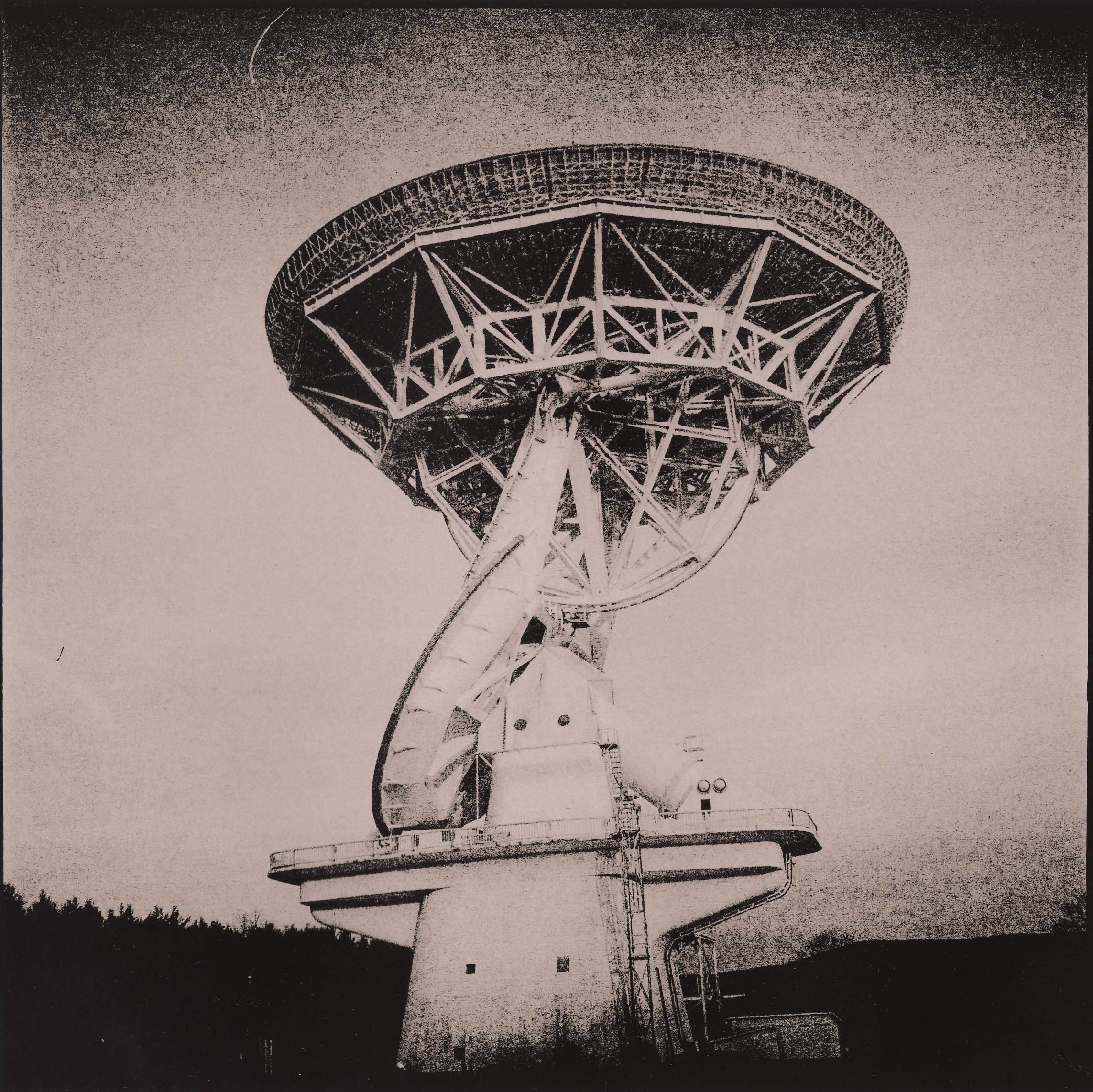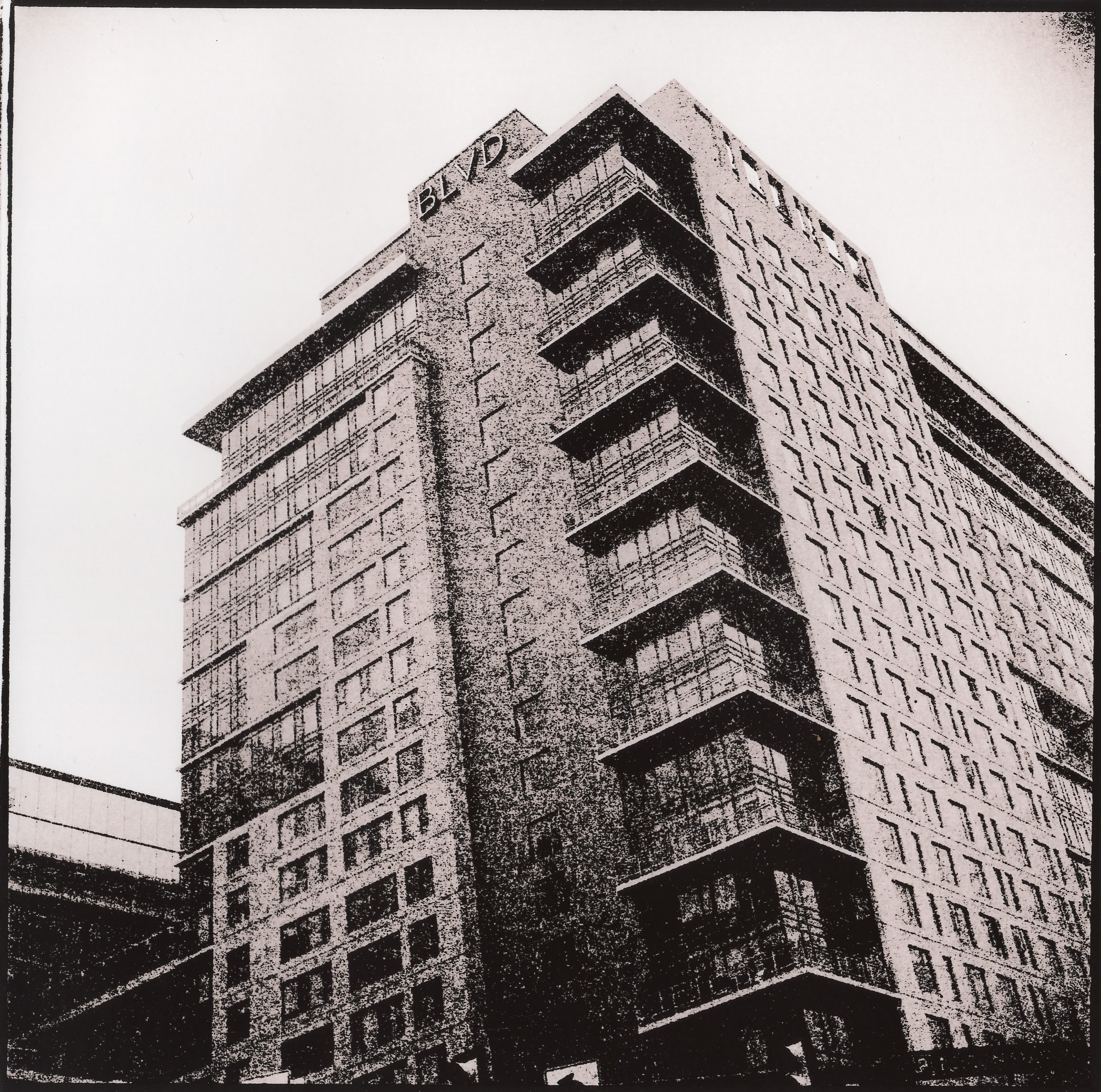Tag Archives: lith
Exurbs
Observations
Suburbs
Industry
Observations
Observations
Altered Perception
Altered Perception
Lith Prints on Two Papers
In earlier posts I mentioned how the different chemistry in different brands of papers can yield radically different looks to the resulting images. The two photographs below were each printed twice using the same lith developer chemicals, once on one brand of paper and once on another.
The distorted photograph was shot using the slit scan box with the Minolta twin lens reflex camera.
Recent Images in Blue Tone
Springfield Tower Lith Printed
Antietam
Rocketpunk Alternate Prints
Two of these images from the Greenbank Radio Astronomy site have been printed before on a different paper and appear in earlier postings. It’s interesting to compare how the lith developer chemistry interacts with the emulsions of different papers to create radically different effects on the same image. (Click on the “rocketpunk” tag at the bottom of the post to compare this with older versions)
The images in this post were made with Moersch Easy Lith developer on Arista EDU RC paper. In the earlier images they were made using the same developer but printed on Fomatone MG Classic paper. The former usually results in a very high contrast, super grainy and gritty image with a slight yellow-pinkish hue to the highlights, while the latter gives me a smoother, dreamier image with more of a brownish-pinkish color, with out-of-focus areas progressing to heavier grain.
As a result I tend to choose different papers for different types of images depending on what type of atmosphere I want to portray.
As manufacturers tend to start or stop producing certain papers without notice it can be tough to find good papers for lith printing sometimes. Some years ago my favorite lith paper was made by Kentona, but they stopped making it suddenly and so I had to search for new options. Many common papers such as Ilford Multigrade or the old Kodak paper (if you find any) simply do not work with lith developer at all and are only suitable for standard black and white printing, so searching the net for advice while experimenting with various brands and models is necessary.
And the same goes for lith chemicals…


